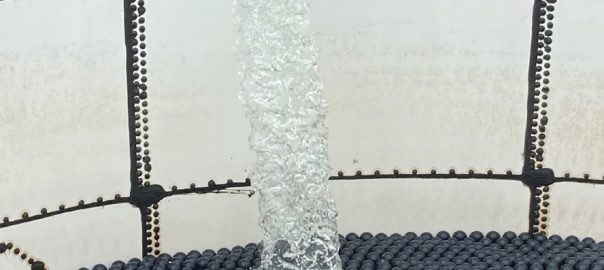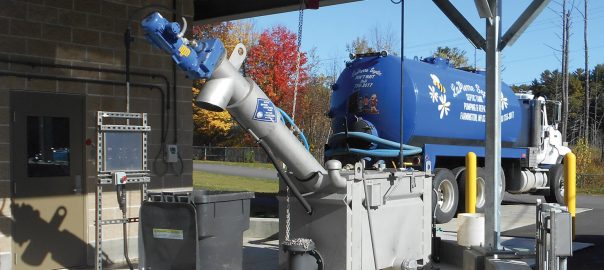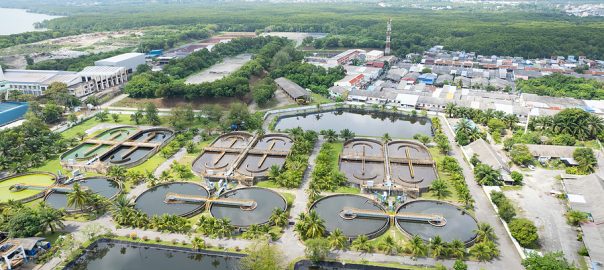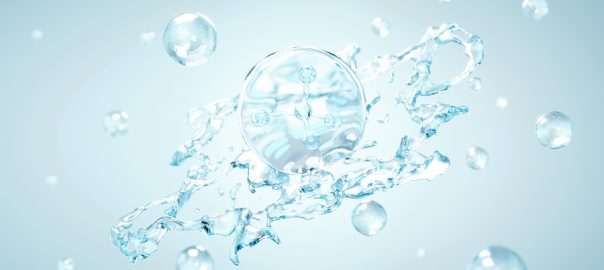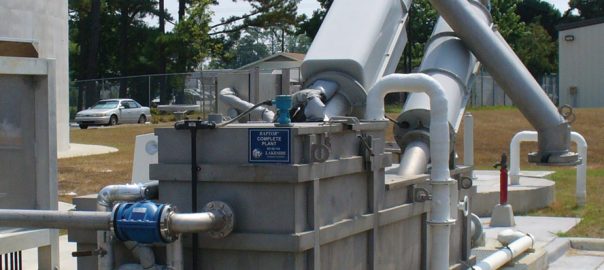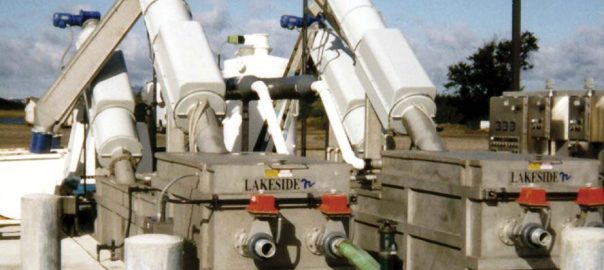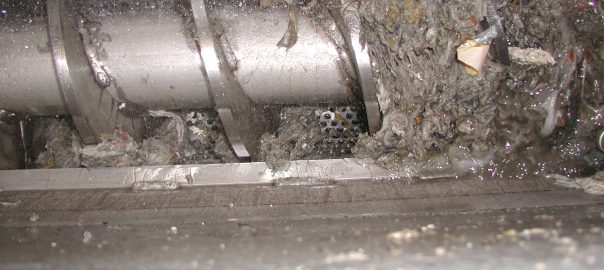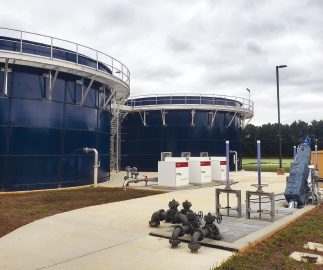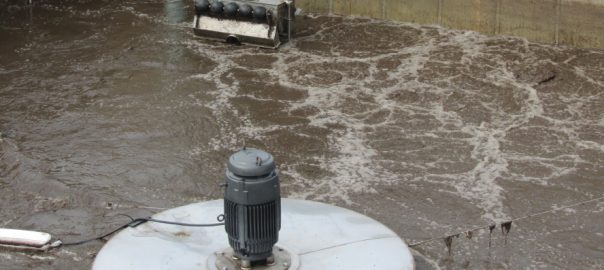
In the early 1900s, poor water quality led to about 100 cases of typhoid fever (a waterborne disease) per 100,000 people. As cities and states started looking into water treatment steps by 1920, the numbers dropped to about 34 cases per 100,000 people. Today, there are no cases of typhoid fever. Wastewater treatment is critical to having clean drinking water.
Even with all of the improvements, there are things people do not understand. One is that storm runoff and sewage treatment are not the same. Here are ten common misunderstandings regarding storm runoff and sewage treatment in the U.S.
Storm Runoff Is Just Rainwater, So It Doesn’t Need to Be Cleaned
When it rains, water that collects in roadways has to go somewhere. Cities and towns have gulleys and ditches where the rainwater goes to divert it to streams and other bodies of water. The runoff travels into city drains and channels that lead to rivers, lakes, and oceans. In a town, you’ll have gulleys and ditches instead.
People often think it’s just rainwater, so it’s clean and won’t harm the bodies of water it ends up in. This is incorrect. Along the way, it picks up motor oil and other automotive fluids that leak from cars traveling on the streets. Dirt, gravel, bark mulch, trash, leaves, grass clippings, and branches end up in it. They can clog the channels and cause back-ups. If there’s no clog, the garbage that the storm runoff picks up travels to the lakes and streams, too.
Cities and Towns Are Equipped for Weird Weather
Strange weather patterns are happening more than before. While wastewater treatment plants and state wastewater districts do what they can to prepare for the unexpected, it’s impossible to predict unusual weather patterns.
For years, the infrastructure has been failing due to older sewer lines, capacity issues, and budgetary concerns. It’s a leading reason that you see cities struggling with flooding and not being designed to handle the additional volume of storm runoff and flooding in wastewater treatment plants. Updating equipment to handle increasing flow rates is essential.
People Have No Impact on Storm Runoff Pollution
There’s another problem with storm runoff. People residing in communities where storm drains exist don’t realize that some of their habits are poisoning the streams and lakes. People may pour their motor oil, cooking oil, or unnecessary cleaners into a storm drain, and those contaminants end up in the bodies of water. Washing cars in a driveway leads to various chemicals traveling to streams, rivers, lakes, ponds, and oceans.
In the winter months, cities and towns that treat roads with salt send the melted snow and salt into nearby bodies of water. Metals from rusting vehicles and vehicle parts also make their way into storm drains and ditches.
Storm Runoff Always Goes to a Wastewater Treatment Plant
Another misconception is that stormwater goes through a wastewater treatment plant along with sewer water. This is not true. Some cities have plants that treat both, but it’s not common.
Storm runoff travels into storm drains that connect to storm sewers leading to waterways in most areas and never gets treated. In rural areas, there are usually ditches along roadways that connect to culverts that allow the storm runoff to travel to a nearby stream.
Rural Storm Runoff Isn’t as Bad as Urban Runoff or Industrial Wastewater
People often think that the runoff in rural areas isn’t as harmful as storm runoff in cities or industrial areas. This is incorrect. One of the worst pollutants in storm runoff is the fertilizer and manure used on farms and lawn treatments in residential areas.
Nutrients found in manure and fertilizer, such as phosphorus and nitrogen, travel to streams and eventually reach lakes. There, they feed algae blooms that can be harmful to people and animals.
Water Treatment Plants Are Always Designed To Handle Industrial Wastewater
A wastewater treatment plant does treat water from residences and businesses. Sometimes, an industrial manufacturer or company needs to install a wastewater treatment plant to pre-treat water before it goes to the sewers.
An on-site wastewater treatment plant helps a business recover and reuse water, reducing the volume of water drawn from municipal water supplies. Plus, it helps reduce the strain on area wastewater treatment plants. As industrial settings may create wastewater with heavier volumes of toxic chemicals, pre-treatment is critical.
Sewage Treatment Takes Care of All Pollutants
Sewage treatment doesn’t take care of all pollutants. The EPA sets guidelines that wastewater treatment plants meet, but some pharmaceuticals still get through. One study found that medications like birth control pills were getting through wastewater treatment processes and making their way to lakes, rivers, and oceans, affecting the reproductive health of fish.
Grinder Pumps End Issues With Everything People Flush
When people flush items they believe are flushable, it can be problematic to a wastewater treatment plant. Though it says “flushable” on the packaging, Flushable wipes do not dissolve in water. They get caught up on equipment at a treatment facility, and they can also create clogs in pipes. The same is true of “flushable” cat litter. Throw them out!
Some facilities add grinder pumps to help break down these items and prevent clogs. Grinder pumps can help, but it’s still best if people stop putting them into sewer systems and septic tanks.
There’s Little Home and Business Owners Can Do to Stop Pollution
Homeowners and business owners can do a lot to help stop water pollution. Carefully consider the products used for cleaning items like toilets, sinks, dishes, clothing, etc. Avoid items that contain harsh chemicals, phosphorus, etc. Aim for environmentally-friendly cleaning products.
Watch what you flush down a toilet. Toilet paper that’s two- or three-ply takes longer to break down. If you prefer thicker toilet paper, remember that it may clog your pipes. If you have a septic system, ask your septic company what they recommend. Many will tell you never to flush anything other than one-ply.
Do not put oils, especially cooking oil, down the drain. Avoid putting coffee grounds and bones down the sink if you use a grinder pump or garbage disposer.
Wastewater Treatment Plants Always Handle Heavy Loads
When wastewater and storm runoff are treated together in a wastewater treatment plant, the system must be capable of handling surges. You could have staff constantly watching for rising levels of sewer water, but it’s wiser to invest in wastewater processing equipment designed to address these sudden increases.
A SharpBNR Process Control is an example. If there’s a surge, the computerized system adjusts aeration and other aspects of wastewater treatment to ensure the water is treated appropriately before it’s released.
Having equipment that can handle increased flow rates is also worth considering. If your plant is upgraded to allow for excess capacity, it’s ready to take on heavy loads. Otherwise, raw sewage is released to prevent flooding within the wastewater treatment plant, which can damage the environment and lead to fines.
Talk to Lakeside Equipment’s experts in wastewater treatment equipment to ensure your plant is equipped for increases in sewer water. When you have considered for increased caused by changing weather patterns or excessive use from area residents, you’re protected from having to release raw sewage while also helping the environment. Call us to learn more about maximizing your plant’s effective wastewater treatment processes.

